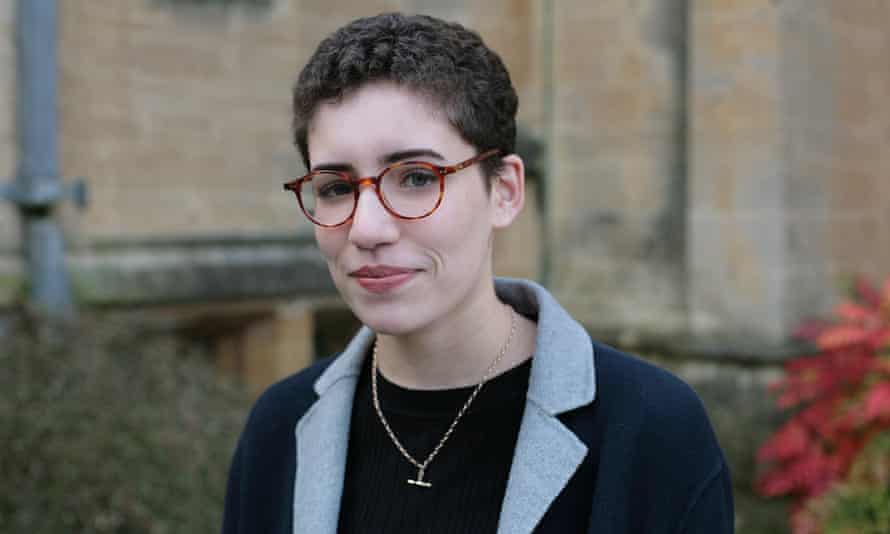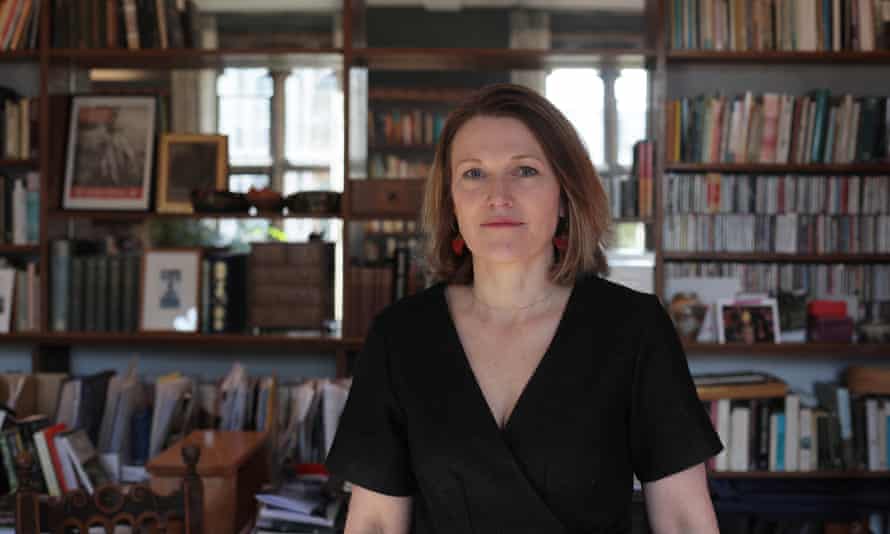
Erin Minogue has vivid memories of her Oxbridge application process. The words hard and daunting crop up frequently as she describes her journey from a Midlands comprehensive, then sixth-form college, to one of the most elite universities in the world.
Oxford has felt “one step removed from me”, she explains. “A friend of a friend had been, but I didn’t have any family reference points so it felt very tough.”
Now, about to sit her English finals, Minogue is a testament to one Oxford college’s stunning success in the rebalancing of state and private school Oxbridge entry, one of the most hotly contested issues in public education.
Only 7% of the school-age population attends fee-paying schools, yet typically between 30% and 40% of Oxbridge undergraduates come from the private sector. Attempts to redress this imbalance invariably lead to allegations of social engineering if private school pupils appear to be discriminated against, or unfairness and unconscious bias if the status quo persists.

Yet in the past two years Mansfield College has averaged entry from the state sector almost in line with the proportions who go to state schools nationally. The majority of students come from within the UK; 96% of the 2019 entry came from state schools, as do 90% of offer holders for this year’s admissions.
More significantly, the majority of those offers come from non-selective state schools and include a higher percentage of disadvantaged pupils, those from BAME backgrounds and from areas with low progression to higher education than the rest of the university. So how have they pulled it off, and why can’t others?
According to Mansfield’s new principal, Helen Mountfield, they could. Mountfield is a barrister and former south London comprehensive schoolgirl – although from a middle-class professional family – who made it to one of the most exclusive colleges, Magdalen, in the 1980s.
She believes Mansfield’s success, whereby the college has moved steadily up the Oxford Norrington table from bottom in 2007 to fifth this year, is down to its longstanding outreach work, its approach of putting each applicant’s achievements in context and the college’s “authentic” culture.

“My answer to the social engineering point is that we don’t believe we are taking less clever people to make up for disadvantage. We are looking for the cleverest people from a pool where everyone is clever. We want the people who will walk out of the door as the finished article, not those who will walk in the door as the finished article,” she says.
A decision was taken two decades ago to reach out to the further education and sixth-form college sector, which meant the numbers from those sectors gradually increased so the Mansfield applicant pool is now about 80% state school.
The college employs two expert access officers and makes a determined effort to present itself as a place that is open; the website’s headline reads: “Open, Friendly, Welcoming. Mansfield has the highest state sector intake of Oxford”.
“Applicants don’t have to worry about being in a cultural minority here, or whether they would fit in,” says Mountfield. “There isn’t really a cultural minority here. People come from all over and with different backgrounds.”
The college also takes a painstaking approach to analysis of contextual data such as progression rates to university and levels of disadvantage in different parts of the country, GCSE and A-level results and free school meals (FSM) eligibility of each applicant’s school and whether they are care leavers.
Perhaps the most contentious element of the Oxbridge admissions is the interview. A recent report from the Sutton Trust showed that six private schools and two state sixth-forms accounted for more Oxbridge offers than 3,000 other state schools and credited the availability of expert advice and preparation for that success.
Mansfield College’s senior admissions tutor, Lucinda Rumsey, recounts one applicant explaining that the only interview she had experienced before coming to Mansfield was at Greggs bakery. She got in and graduated with a 2:1. Rumsey believes the interview process is a powerful tool for equalising access.
“The important thing for selection is good pre-interview information, prior qualifications and a reference from a teacher who knows the student well and has seen them develop. Then we are trying to work out if candidates have aptitude for a particular subject and will thrive at it.
“The interview helps us to do some nuanced work around that. Tutors as subject specialists are in a good position to assess potential. Almost all the applicants we get are well-qualified, and we have to make fine distinctions.
“If candidates start out very well prepared by their school for interview, we try to see past that. If they have come from a school that rarely sends applicants to Oxford and have had no preparation, we want to see past that as well.
“Some candidates can be inflexible in their thinking if we take them off their comfortable ground. Interviews aren’t only about getting a right answer but engaging with what is asked and thinking through a problem that it is difficult and unfamiliar.”
The colleges’ access officer, Sara Harb, whose family moved to the UK from Jordan when she was five, recently graduated with a first in history after coming to Mansfield from an inner London comprehensive.
“There were people at my school saying, ‘people from this school don’t go to Oxford’ but as soon as I got here, I realised everyone seemed friendly and normal and not geniuses or very posh,” she explains.
“People from less well-performing schools often have to work really hard to get the grades and my school didn’t have the right interview prep but the tutors made me feel settled. I felt I was being challenged in an academic and friendly way rather than being set up to get caught out.”
For the team at Mansfield, their 90% access rate isn’t the end of the story. Rumsey says it is only when she reads the grant application forms for undergraduates in need, often to stay in college in the vacation period, that she grasps the full extent of their challenges.
“In these Covid-19 times we see the starkly different home circumstances of students. We have students who are alienated from families, students who have been carers, share rooms with siblings, don’t have a desk or wifi at home,” she adds.
“For us the next step is giving students access to equal chances after they leave, social capital as well as educational capital, so networks, grants for internships.”

Dan Hall, a third-year undergraduate in PPE from a state school in Manchester, agrees that different education backgrounds also show up after admission.
“For me it was ‘wow I am here, got to make the most of the experience’ rather than focus on career stuff. It is only later on that you realise you are behind the curve because they have been on a different path from the start.”
Both Rumsey and Mountfield believe the whole university is making a cultural shift, with a more sophisticated understanding of how state school admissions can be increased, to which Mansfield is contributing. Last year the number of successful state school applicants to Oxford was 69%, up from 56% five years ago.
Rumsey says there is a lot more pride in the state school access issue across the university, with conversations focusing more on the impact of privilege than disadvantage.
“There has been a presumption in the past that the latter group are riskier. But once you have made this shift, and seen the impact, you know that isn’t true.”